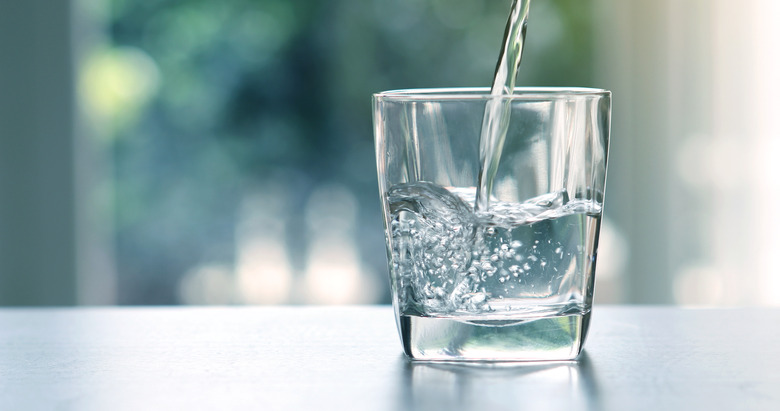How To Tell Glass From Quartz
At first glance, quartz crystals and glass might look identical. Although their internal structural compositions differ greatly, the average person doesn't have the lab equipment to analyze the molecular difference between the two materials. Fortunately, there are other, simpler methods to determine whether a stone is quartz crystal or just glass.
TL;DR (Too Long; Didn't Read)
To tell glass from quartz, consider the characteristics of each. Glass may have round bubbles, quartz will not. Quartz will scratch glass due to differences in hardness. Use a gem tester to test thermal conductivity. Glass insulates and quartz conducts.
1. Look for Bubbles
Visually inspect the suspect stone. In glass, perfectly round air bubbles may be seen, with or without the aid of a jeweler's 10X loupe. The 10X loupe magnifies an object to appear 10 times larger than actual size. To properly use a jeweler's loupe, hold the loupe directly in front of one eye. Without squinting, move the specimen closer to the loupe until the view focuses. Inspect the specimen for air bubbles. If air bubbles are present, the specimen is glass, not quartz. Quartz may contain imperfections, but the imperfections will not be perfectly round like air bubbles.
2. Check the Hardness
Perform a Mohs hardness test. Quartz crystals are harder than glass. In 1812 German geologist Friedrich Mohs invented the hardness scale used for testing minerals and other materials. Glass ranks around 5.5 on the Mohs scale. Quartz crystals rank as 7 on the Mohs scale. Therefore, a piece of quartz crystal will scratch a piece of glass. Test the unknown stone under inspection by trying to scratch a common piece of glass such as a glass bottle. If the object easily scratches the glass, the specimen probably is quartz crystal. If scratching the glass takes a lot of effort, the specimen likely is another piece of glass.
3. Use a Gem Tester
Use a gem tester to measure the thermal conductivity of the suspect stone. Press the gem tester probe gently but firmly against the stone. Unlike natural gemstones, glass acts as an insulator, so glass does not conduct heat well at all. Consequently, if the indicator needle stops at the lowest reading on the gem tester scale, the specimen most likely can be labeled "Glass." If the suspect stone is quartz, however, there will be some heat conductivity and the gem tester indicator needle will move to the area labeled "Quartz, Amethyst, Citrine" on the scale.
Things Needed
- Suspect gemstone
- Jeweler's 10X loupe
- Gem tester
- Glass bottle
Warning
Use caution when performing a scratch test because the specimen will be damaged in the process. The damage clearly affects the specimen's appeal and value. Try to perform the test in an inconspicuous area and make as small a scratch as possible.
Cite This Article
MLA
Tefft, Danielle Olivia. "How To Tell Glass From Quartz" sciencing.com, https://www.sciencing.com/tell-glass-quartz-8559553/. 7 May 2018.
APA
Tefft, Danielle Olivia. (2018, May 7). How To Tell Glass From Quartz. sciencing.com. Retrieved from https://www.sciencing.com/tell-glass-quartz-8559553/
Chicago
Tefft, Danielle Olivia. How To Tell Glass From Quartz last modified March 24, 2022. https://www.sciencing.com/tell-glass-quartz-8559553/
